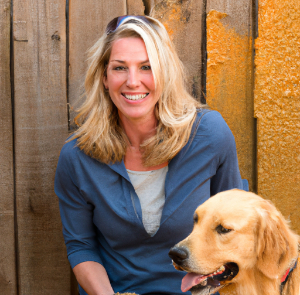The low-down on specific dog breeds known to be high-maintenance in terms of training, exercise and activity level, grooming and health care issues.
All dogs are not created equal. Some dog breeds are smarter, some are easier to train, and some lazy couch potatoes are perfect for anyone who wants a playful companion but not a jogging buddy. Some dogs will happily retrieve your slippers; others will be just as happy to chew them to shreds and then get sick on your favorite rug. When it comes to dog care, too, there is a real difference between the breeds.
High Maintenance Pooches
Certain breeds of dog require more time and effort to train and exercise. Others have complicated needs when it comes to grooming and keeping them healthy.
Read on for some of the most time-consuming dog breeds.
High-Energy Dogs: Training and Exercise
Most dog breeds were developed with a particular "job" in mind: terriers for hunting, Labrador retrievers for retrieving during the hunt, huskies as sled dogs, Rottweilers to herd and guard. Many of these energetic, driven breeds are simply too smart and exuberant to make good pets unless they are given adequate training and exercise. A few examples include:
Husky – Strong and energetic, the husky was built for cold climates and endurance on the trail. These dogs need plenty of exercise and space to run.
German Shepherd – Shepherds of all kinds have been used around the world to help herd animals. These animals can become neurotic or badly behaved if they are not given enough mental stimulation and exercise. German shepherds in particular are driven to find a "job."
Border Collie – The border collie is a very smart, active dog bred to herd sheep. Without enough stimulation, they sometimes turn to bad behavior like "herding" their families (especially kids).
Thick-Coated and Shedding Dogs: Grooming Needs
Some breeds have long, thick fur that grows out long, requiring frequent brushing, bathing, and haircuts. A few examples of long-haired and thick-coated dogs:
Old English Sheepdog – Bred to withstand cool temperatures, the sheepdog has a huge amount of fur! It requires frequent brushing to keep this beautiful coat in good condition.
Poodle and Poodle Crosses – The poodle has a non-shedding coat that continues to grow out, requiring occasional brushing and clipping every few months. Poodle crosses, including the trendy labradoodle, cockapoo, and bichonpoo usually get the poodle fur and need to be groomed and trimmed.
Dog Breeds with Special Health Concerns
Every dog will eventually face health challenges as they age, but certain breeds are especially vulnerable. It's a good idea to do some research before bringing home a pet, to be prepared for risks associated with that breed. A few of the dogs known for health challenges include:
Shar Pei – The shar pei and other wrinkly-faced dogs, such as the English bulldog, are susceptible to infections of the characteristic wrinkles on their faces. The skin needs to be cleaned and checked thoroughly to prevent problems.
Rhodesian Ridgeback – The ridgeback has a characteristic "ridge" of hair along the spine that grows backwards, counter to the direction of the rest of the fur. Unfortunately, this beautiful adaptation is linked with spine abnormalities – so breeding for the "ridgeback" quality has created a breed with frequent back problems.
Inbreeding by puppy mills and irresponsible backyard breeders has created new health concerns in otherwise healthy breeds. Because of their popularity as family pets, Labrador retrievers and German shepherds have become somewhat inbred in the past decade and now are at risk for hip dysplasia.
A high-maintenance dog doesn't have to be a burden, but it is a good idea for any prospective dog owner to know the good and the bad about their breed before adopting a pet.
